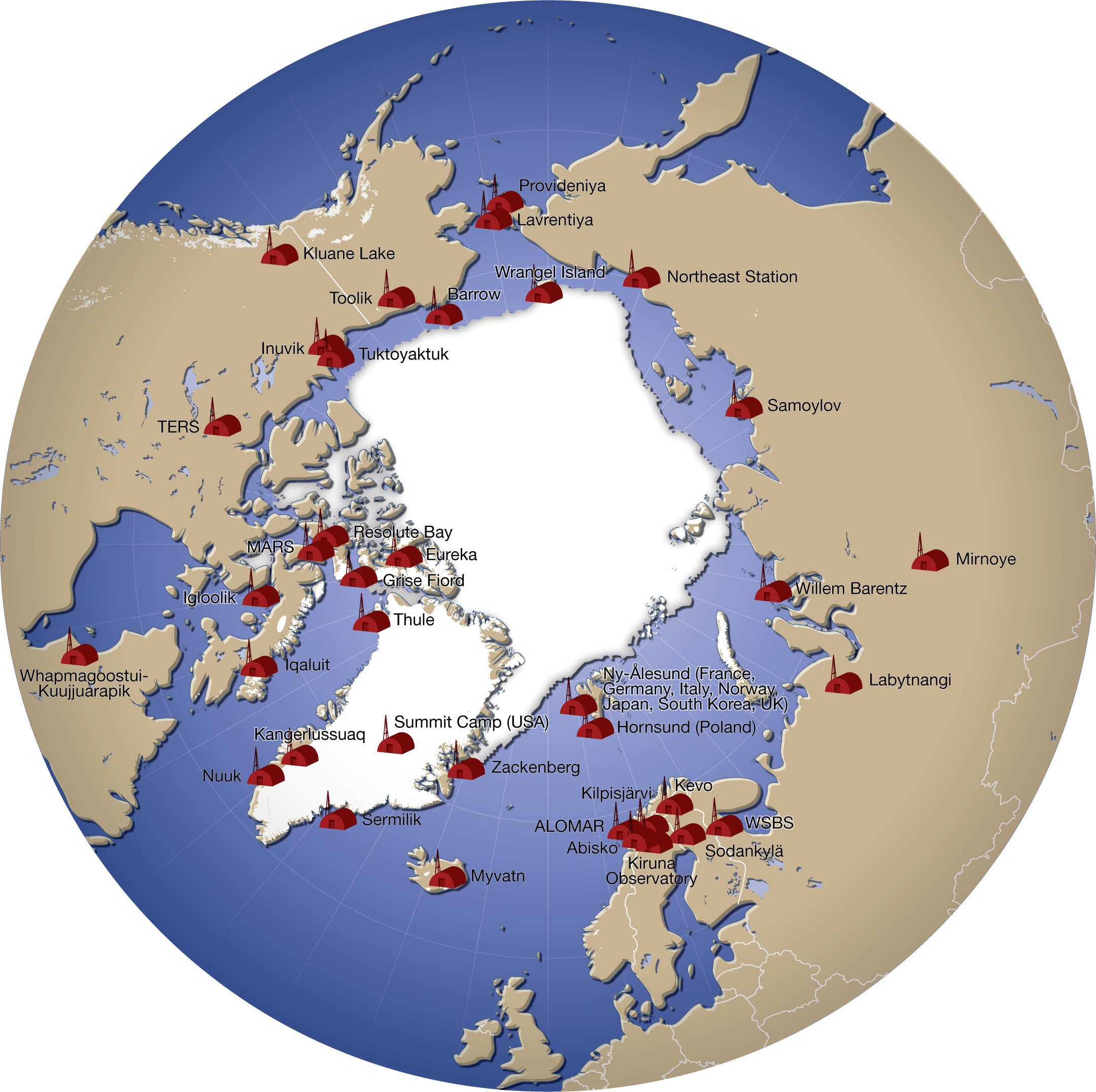|
Arctic Yellow River Station
The Arctic Yellow River Station () was established by the Polar Research Institute of China in Ny-Ålesund, on Svalbard, in 2003. Scientists at the station conducted research into the Aurora Borealis and microbes in the ice-pack, glacier monitoring, atmospheric research. See also * List of research stations in the Arctic * Antarctic Great Wall Station * ''Xuě Lóng'' *Antarctic Zhongshan Station Zhongshan Station () is the second Chinese research station in Antarctica and was opened on February 26, 1989. Overview ''Zhongshan Station'' is named after Sun Yat-sen, who served as the provisional first president of the Republic of China in ... * Arctic policy of China References Science and technology in the People's Republic of China Research stations in Svalbard Ny-Ålesund 2003 establishments in Norway Polar Research Institute of China {{Svalbard-stub ... [...More Info...] [...Related Items...] OR: [Wikipedia] [Google] [Baidu] |
Ny-Ålesund
Ny-Ålesund ("New Ålesund") is a small town in Oscar II Land on the island of Spitsbergen in Svalbard, Norway. It is situated on the Brøgger peninsula (Brøggerhalvøya) and on the shore of the bay of Kongsfjorden. The company town is owned and operated by Kings Bay, which provides facilities for permanent research activities by 19 institutions from 11 countries. The town is ultimately owned by the Ministry of Climate and Environment and is not incorporated (i.e. is not recognised as a town by the Norwegian government). Ny-Ålesund has an all-year permanent population of 30 to 35, with the summer population reaching 114. Its facilities include Ny-Ålesund Airport, Hamnerabben, Svalbard Rocket Range, a port and Ny-Ålesund Town and Mine Museum, as well as a number of buildings dedicated to research and environmental monitoring activities. It is the northernmost functional civilian settlement in the world. The town was founded in 1917 by Peter Brandal and his mining company ... [...More Info...] [...Related Items...] OR: [Wikipedia] [Google] [Baidu] |
Svalbard
Svalbard ( , ), also known as Spitsbergen, or Spitzbergen, is a Norwegian archipelago in the Arctic Ocean. North of mainland Europe, it is about midway between the northern coast of Norway and the North Pole. The islands of the group range from 74° to 81° north latitude, and from 10° to 35° east longitude. The largest island is Spitsbergen, followed by Nordaustlandet and . The largest settlement is Longyearbyen. The islands were first used as a base by the whalers who sailed far north in the 17th and 18th centuries, after which they were abandoned. Coal mining started at the beginning of the 20th century, and several permanent communities were established. The Svalbard Treaty of 1920 recognizes Norwegian sovereignty, and the 1925 Svalbard Act made Svalbard a full part of the Kingdom of Norway. They also established Svalbard as a free economic zone and a demilitarized zone. The Norwegian Store Norske and the Russian remain the only mining companies in plac ... [...More Info...] [...Related Items...] OR: [Wikipedia] [Google] [Baidu] |
Polar Research Institute Of China
The Polar Research Institute of China () (PRIC) is the main Chinese research institute for the study of Earth's polar regions. It is based in Shanghai, China. The Institute manages five polar research stations (four in Antarctica and one in the Arctic), as well as the icebreaking research vessels '' Xuě Lóng'' and '' Xuě Lóng 2''. Stations See also * Arctic policy of China * Chinese Arctic and Antarctic Administration The Chinese Arctic and Antarctic Administration (), often abbreviated as the CAA (previously the Chinese Antarctic Administration of the State Antarctic Research Committee), is a Beijing-based agency of the People's Republic of China's State Ocea ... * ''Xuě Lóng'' References External links * {{authority control Research institutes in China Earth science research institutes Organizations based in Shanghai Antarctic research Arctic research ... [...More Info...] [...Related Items...] OR: [Wikipedia] [Google] [Baidu] |
Aurora Borealis
An aurora (plural: auroras or aurorae), also commonly known as the polar lights, is a natural light display in Earth's sky, predominantly seen in high-latitude regions (around the Arctic and Antarctic). Auroras display dynamic patterns of brilliant lights that appear as curtains, rays, spirals, or dynamic flickers covering the entire sky. Auroras are the result of disturbances in the magnetosphere caused by the solar wind. Major disturbances result from enhancements in the speed of the solar wind from coronal holes and coronal mass ejections. These disturbances alter the trajectories of charged particles in the magnetospheric plasma. These particles, mainly electrons and protons, precipitate into the upper atmosphere (thermosphere/exosphere). The resulting ionization and excitation of atmospheric constituents emit light of varying colour and complexity. The form of the aurora, occurring within bands around both polar regions, is also dependent on the amount of acceleration im ... [...More Info...] [...Related Items...] OR: [Wikipedia] [Google] [Baidu] |
Chinese Arctic And Antarctic Administration
The Chinese Arctic and Antarctic Administration (), often abbreviated as the CAA (previously the Chinese Antarctic Administration of the State Antarctic Research Committee), is a Beijing-based agency of the People's Republic of China's State Oceanic Administration (SOA). Established in 1981, it organizes China's scientific program for both the Arctic and Antarctic, and it provides logistic support to Antarctic expeditions. There are several; divisions, including General Affairs, Operation & Logistics, Science Programs, International Cooperation, representation in the Chinese Embassy in Chile, and a Winter Training Base. The director is Qu Tanzhou. The CAA organizes, coordinates and supervises China's polar program. As such, its responsibilities include: developing an integrated national polar research strategy, developing policy to guide national polar research activities, developing a five-year plan which coordinates the national policy, updating the national polar plan on an ... [...More Info...] [...Related Items...] OR: [Wikipedia] [Google] [Baidu] |
List Of Research Stations In The Arctic
A number of governments maintain permanent research stations in the Arctic. Also known as Arctic bases, polar stations or ice stations, these bases are widely distributed across the northern polar region of Earth. Historically few research stations have been permanent. Most of them were temporary, being abandoned after the completion of the project or owing to lack of funding to continue the research. Some of these were military or intelligence stations (listening posts) created as a result of the proximity of the U.S. and Soviet Union to each other's landmass across the polar region. Ice stations are constructed on land or on ice that rests on land, while others are drifting ice stations built on the sea ice of the high latitudes of the Arctic Ocean. Research stations Drifting ice stations * Fletcher's Ice Island, US (1952 - 1978) In fiction * Ice Station Zebra (novel), by Alistair MacLean ** Ice Station Zebra (1968 film) **Ice Station Zebra a song by Jack White on ... [...More Info...] [...Related Items...] OR: [Wikipedia] [Google] [Baidu] |
Antarctic Great Wall Station
The Great Wall Station () is the first Chinese research station in Antarctica and opened on 20 February 1985. It lies on the Fildes Peninsula on King George Island, and is about from the Chilean Frei Montalva Station, and from Cape Horn. The station is sited on ice-free rock, about above sea level. History In 1984, China organized its first scientific expedition to Antarctica, and Guo Kun was named the leader of the 591-member expedition team. The team departed Shanghai on 20 November 1984 on two ships, the ''Xiang Yang Hong 10'' and the ''J121'', and arrived at King George Island off the coast of Antarctica on 30 December. A main part of their mission was to construct China's first antarctic base, the Great Wall Station. As the ''Xiang Yang Hong 10'' was not an icebreaker, the team had to leave before the end of the antarctic summer and had only a short window of opportunity to complete their mission. Under Guo's supervision, the team worked 16 to 17 hours a day in often ... [...More Info...] [...Related Items...] OR: [Wikipedia] [Google] [Baidu] |
MV Xue Long
''Xue Long'' (, ) is a Chinese icebreaking research vessel. Built in 1993 at Kherson Shipyard in Ukraine, she was converted from an Arctic cargo ship to a polar research and re-supply vessel by Hudong-Zhonghua Shipbuilding of Shanghai by the mid-90s. The vessel was extensively upgraded in 2007 and 2013. , ''Xue Long'' is the only Chinese icebreaking research ship in service. A second Chinese polar icebreaker named , slightly smaller but more capable than ''Xue Long'', entered service in July 2019. Description Built at the Kherson Shipyard in Ukraine, ''Xue Long'' started her life as a Project 10621 icebreaking cargo and supply ship designed for the Russian Arctic.Alltför svåra isförhållanden för de tillgängliga fartygen . Sjöfarts ... [...More Info...] [...Related Items...] OR: [Wikipedia] [Google] [Baidu] |
Antarctic Zhongshan Station
Zhongshan Station () is the second Chinese research station in Antarctica and was opened on February 26, 1989. Overview ''Zhongshan Station'' is named after Sun Yat-sen, who served as the provisional first president of the Republic of China in 1912. 2019-10-15. Retrieved 2020-04-08. It is managed by the (PRIC). It is located in the by |
Arctic Policy Of China
The Arctic Policy of China outlines China's approach to foreign relations with Arctic countries as well as its plans to develop infrastructure, extend military capabilities, conduct research, and excavate resources within the Arctic Circle. A major component of this plan is to build a Polar Silk Road, a network of trade routes through the Arctic to help expedite global shipping delivery. In January 2018, China released its official Arctic Policy paper. The document draws a picture of how China views the economic possibilities the region offers. With this, China has vowed to actively participate in Arctic affairs as a "Near-Arctic State" and a major stakeholder in the Arctic. China has also focused on developing military projection capabilities that would extend into the Arctic region. Background With global warming and the melting of polar ice caps, more resources will be open for exploration and exploitation, leading to increased interest in investment in the region. Near-Arct ... [...More Info...] [...Related Items...] OR: [Wikipedia] [Google] [Baidu] |
Science And Technology In The People's Republic Of China
Science and technology in China have developed rapidly during the 1980s to 2010s, and major scientific and technological achievements have been made since the 1980s. From the 1980s to the 1990s, the Chinese government successively launched the " 863 Plan" and the "Strategy for Rejuvenating the Country through Science and Education", which greatly promoted the development and progress of China's science and technology. The Chinese government has placed emphasis through funding, reform, and societal status on science and technology as a fundamental part of the socio-economic development of the country as well as for national prestige. China has made rapid advances in areas such as education, infrastructure, high-tech manufacturing, academic publishing, patents, and commercial applications and is now in some areas and by some measures a world leader. China is now increasingly targeting indigenous innovation and aims to reform remaining weaknesses. Per the Global Innovation Inde ... [...More Info...] [...Related Items...] OR: [Wikipedia] [Google] [Baidu] |
Research Stations In Svalbard
Research is " creative and systematic work undertaken to increase the stock of knowledge". It involves the collection, organization and analysis of evidence to increase understanding of a topic, characterized by a particular attentiveness to controlling sources of bias and error. These activities are characterized by accounting and controlling for biases. A research project may be an expansion on past work in the field. To test the validity of instruments, procedures, or experiments, research may replicate elements of prior projects or the project as a whole. The primary purposes of basic research (as opposed to applied research) are documentation, discovery, interpretation, and the research and development (R&D) of methods and systems for the advancement of human knowledge. Approaches to research depend on epistemologies, which vary considerably both within and between humanities and sciences. There are several forms of research: scientific, humanities, artistic, eco ... [...More Info...] [...Related Items...] OR: [Wikipedia] [Google] [Baidu] |
.jpg)





